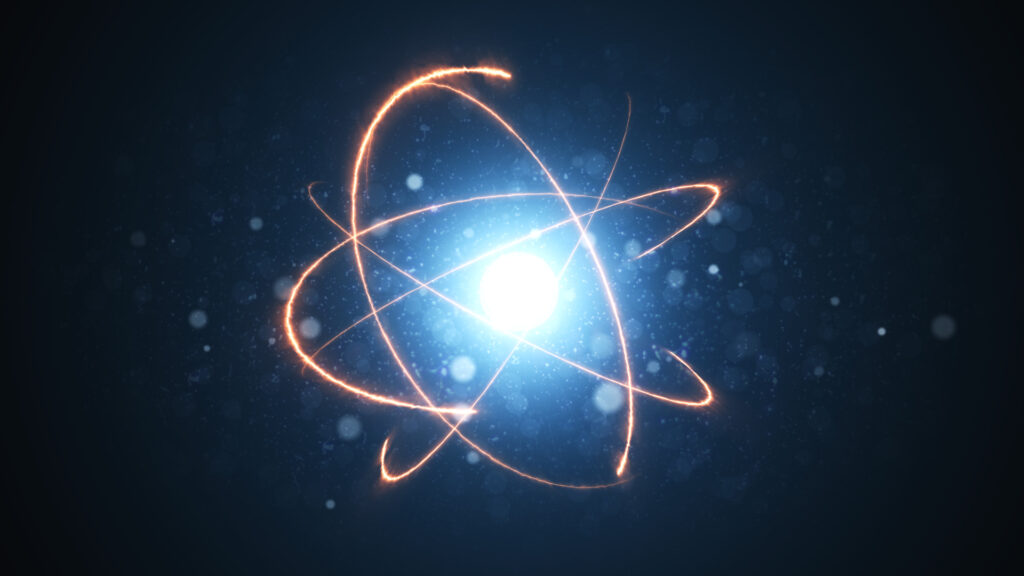Breakthrough in Quantum Magnetometry by Indian Researchers Enhances Precision in Atomic Clocks

Breakthrough in Quantum Magnetometry at Raman Research Institute
A research team at the Raman Research Institute (RRI) has achieved a major advancement in quantum magnetometry. This could improve the accuracy of atomic clocks and magnetometers, enhancing technologies in navigation, telecommunications, and aviation.
Understanding Quantum Magnetometry
Quantum magnetometry measures extremely small magnetic fields with high precision, using principles of quantum mechanics. This technique often involves highly sensitive quantum systems like atoms, ions, or superconducting circuits.
In this study, RRI researchers used Rydberg atoms—atoms with high-energy electrons—detected via Rydberg Electromagnetically Induced Transparency (EIT). They found an enhanced response to magnetic fields when the Rydberg EIT was set up without compensating for the Doppler shift.
Turning a Challenge into an Advantage
Dr. Sanjukta Roy, Head of the Quantum Optics with Rydberg Atoms Lab at RRI, explained that the Doppler shift, usually seen as a problem for accurate sensing, was used to enhance the signal. “It is the Doppler shift which causes a larger response of the Rydberg EIT signal to an externally applied magnetic field,” she said. The researchers utilized this effect at room temperature, turning a challenge into a practical advantage.
A Practical and Efficient Technique
Published in the New Journal of Physics, the study shows that this method can detect weak magnetic fields without requiring cryogenic cooling or ultra-high vacuum. This makes it feasible for various applications, including geophysics, brain activity monitoring, mineral exploration, space research, and archaeology.
Lead author Shovan Kanti Barik noted that magnetic fields shift the energy levels of atoms, creating multiple transmission peaks. By analyzing the separation of these peaks, the magnetic field strength can be measured precisely.
Implications for Atomic Clocks and More
This advancement could lead to more precise and robust atomic clocks and magnetometers, essential for systems that depend on exact timekeeping and magnetic field detection. Atomic clocks, which use atomic vibrations to measure time, are crucial for GPS satellites to provide accurate location data.
The new technique, employing Doppler-enhanced quantum magnetometry on thermal rubidium atoms, achieved a tenfold improvement in magnetic field sensitivity. This breakthrough by RRI researchers could lead to next-generation devices, enhancing precision across various industries..





